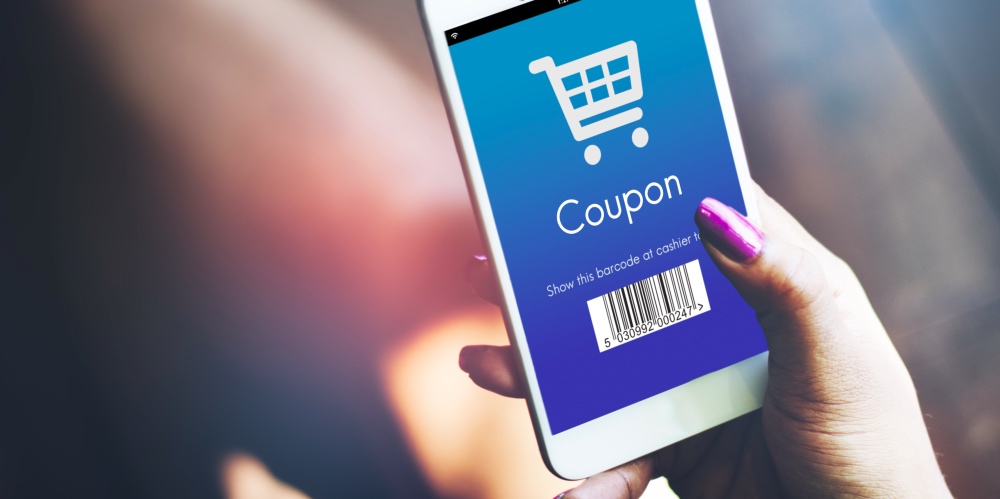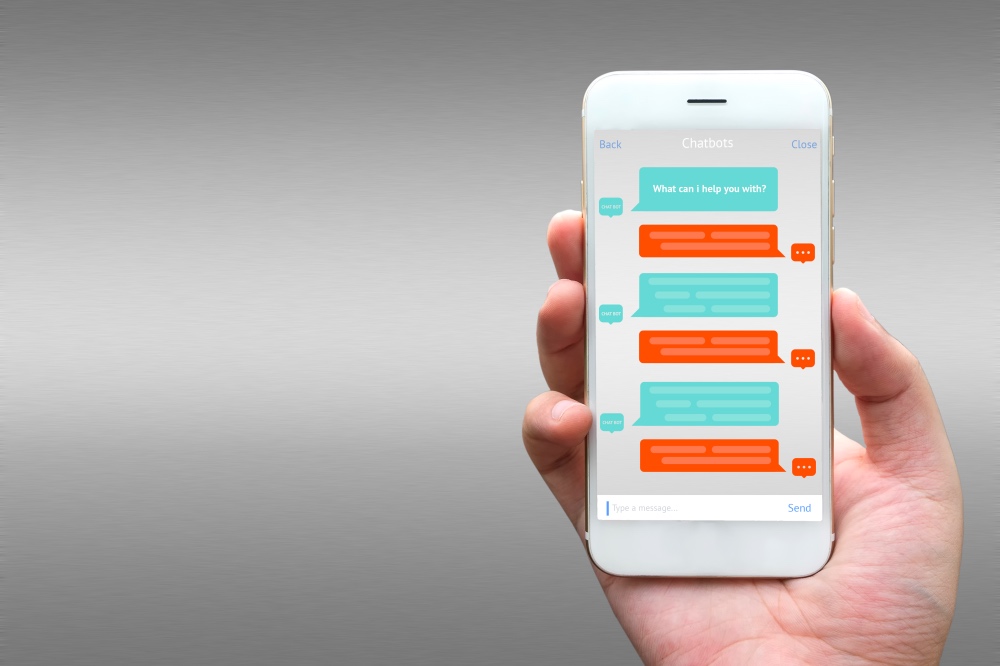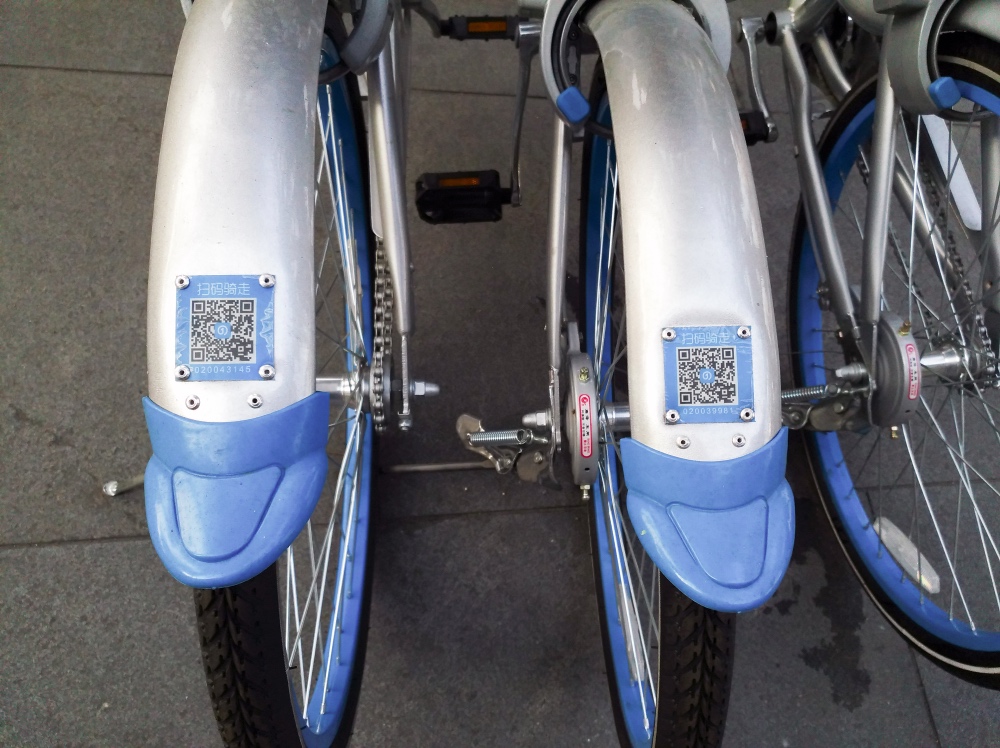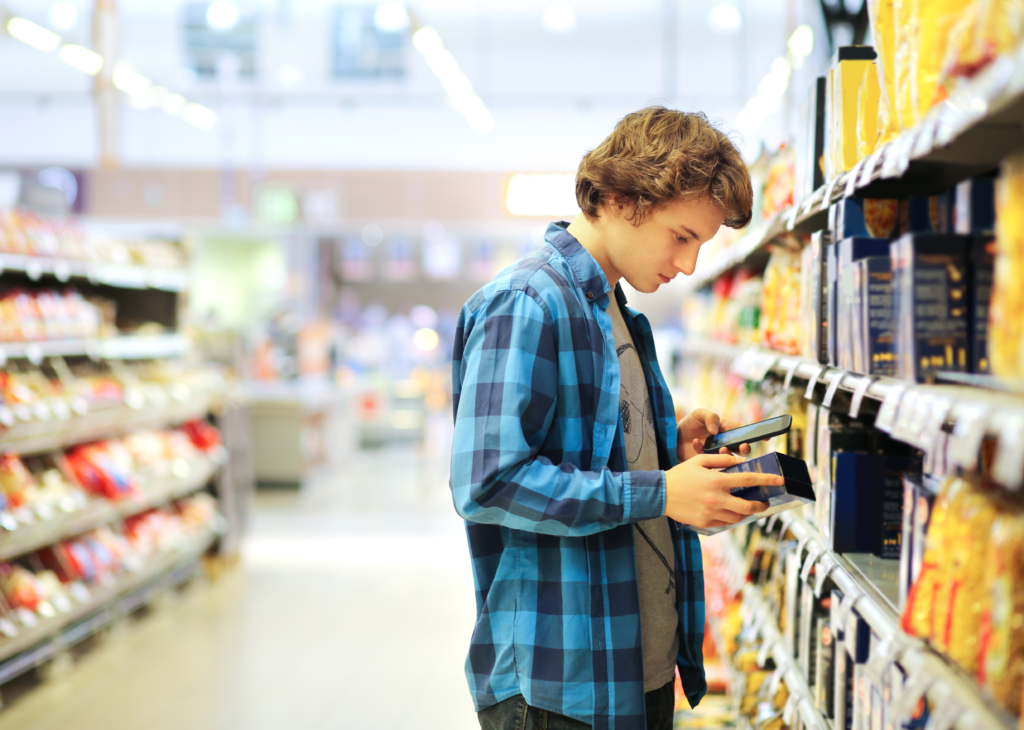In an environment where most services are dominated by the internet, from video streaming to online retail, brick-and-mortar stores are finding ways to stay relevant in a world that is increasingly web-borne. Offline retailers have resorted to finding online schemes to help them stay connected with their customer base. As mentioned previously, brick-and-mortar stores can utilize digital coupons and loyalty programs to ensure return trips for customers.

Juniper Research reports that the total value of digital coupon redemptions will reach over $91 million by 2022, up from 2017’s $47 billion. Their report, Mobile and Online Coupons (paywall), discovered that the dominant mobile channel will be led by in-app coupon redemptions towards the end of the 2017-2022 period, overtaking Short Message Service (SMS), which is also continuing to grow at a prodigious pace.
According to Juniper’s white paper, Coupons – 3 New Technologies Set to Energize Loyalty, digital coupons enable businesses to enhance engagement with the end user, track purchasing patterns and behavior at the individual level, analyze the relative success of campaigns as measured against the yardstick of redemption or engagement, and deliver targeted, personalized offers based on a user’s purchasing behavior and location. Below are some of the technologies that are shaping the meteoric rise of digital coupons.
Chatbots
Becoming more influential in everyday life, chatbots are computer programs designed to simulate conservational interactions with users, which may also include automated processes triggered from those interactions. For example, someone looking to buy pizza could simply consult a chatbot like Dom, Domino’s Pizza’s chatbot, and simply text the word “pizza.” Dom uses a user’s saved favorite order, allowing for easy reordering.
Chatbots will eventually have the capacity to replace many human tasks and be sophisticated enough to have fluent conversations with users. However, there are still challenges to overcome. What if a user’s request is not as clear-cut and well-scripted as the usual requests? For example, a Facebook Messenger chatbot for flower-ordering, 1-800-Flowers, encountered a problem while interacting with DigiDay in June 2016.

The user, when prompted to choose a date for delivery, picked “tomorrow,” but the chatbot got the date wrong. When the user tried to tell the chatbot to change the date, 1-800-Flowers failed to recognize the error and had to complete the transaction in order for the user to cancel order and try again. While some chatbots like Disney’s Miss Piggy can go off script and engage in free-form conversations, 1-800-Flowers operates in a linear fashion. As of February 2017, the team behind 1-800 Flowers separated the customer service function from the chatbot’s main function to prevent customer confusion.
QR Codes
Quick Response (QR) codes are a form of matrix barcode that can be scanned by smartphone cameras and other devices to identify products. What is unique about QR codes is that they are able to connect physical, paper coupons with a digital environment, allowing consumers to rapidly access greater detail relating to a product and offer, as well as streamlining the redemption process. Instead of entering a physical code, the user only needs to scan the QR code.
While not particularly popular in the West, the QR code has seen widespread adoption in East Asia, with 40% of QR code redemptions projected to come from the region by 2022. One reason why QR codes have not caught on in the West is because QR codes require an app with a scanning feature.

China’s WeChat app comes with a QR code scanning feature, which is essential for services such as mobile payments, opening web pages on advertisements, and even adding someone’s contact information. The infrastructure that supports QR codes not only exists in China, but is thriving and is an essential part of every-day life.
However, Western companies are making strides to introduce QR code scanning. Apple’s iOS11 allows iPhones to scan QR codes without the need for a third-party scanning app. Juniper believes that Apple’s support of native QR scanning could see a rapid adoption of QR codes outside of Asia. Still, with the presence of other payment technologies such as Near Field Communication (NFC) and chatbots, QR codes in the West might be short-lived nonetheless.
Invisible Payments
In some cases, there is no need to head to the cash register, go to an online checkout page, or scan a QR code. There is the concept of “invisible payments,” whereby users store payment credentials on an app, allowing them to pay for services without physical handing over their card/cash or going through a checkout process. One of the biggest examples is ride-sharing service Uber, with those using the service finding their accounts automatically debited after their journeys.

There are platforms that plan to allow customers to enter a brick and mortar store, pick up their desired item(s) and leave without heading to the register. Amazon Go’s prototype grocery store monitors a consumer’s journey through the store, identifying products placed in their bag or basket. Once the customer leaves the store, payment is automatically taken remotely from the user’s account. Similarly, Rambus’ Unified Payments Platform (UPP) is a digital wallet platform that digitizes and aggregates various methods used for payment, such as loyalty, gift, coupon, and payment cards. By consolidating them into a mobile wallet can reduce checkout times.
Conclusion
While the shopping experience is increasingly going online, brick and mortar stores are finding ways of staying relevant, one of them being digital coupons. In fact, digital coupon redemption is so prevalent that it will overtake SMS in the next five years. There are multiple methods of redeeming digital coupons, from utilizing chatbot services, to scanning QR codes, to automatically debiting payment without checking out. Digital coupons will be sure to streamline the offline shopping experience, which will keep customers entering brick and mortar stores for some time to come.

